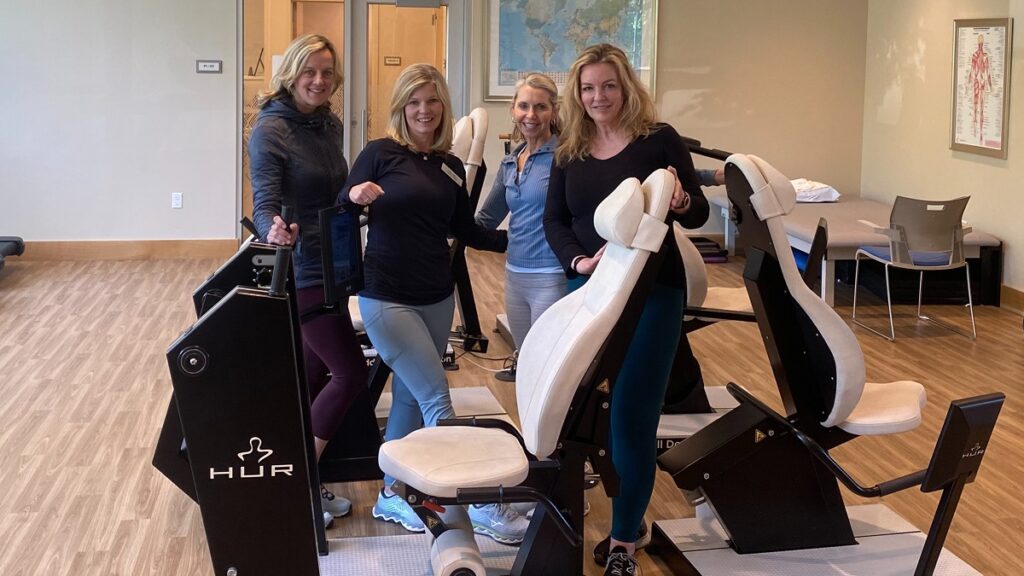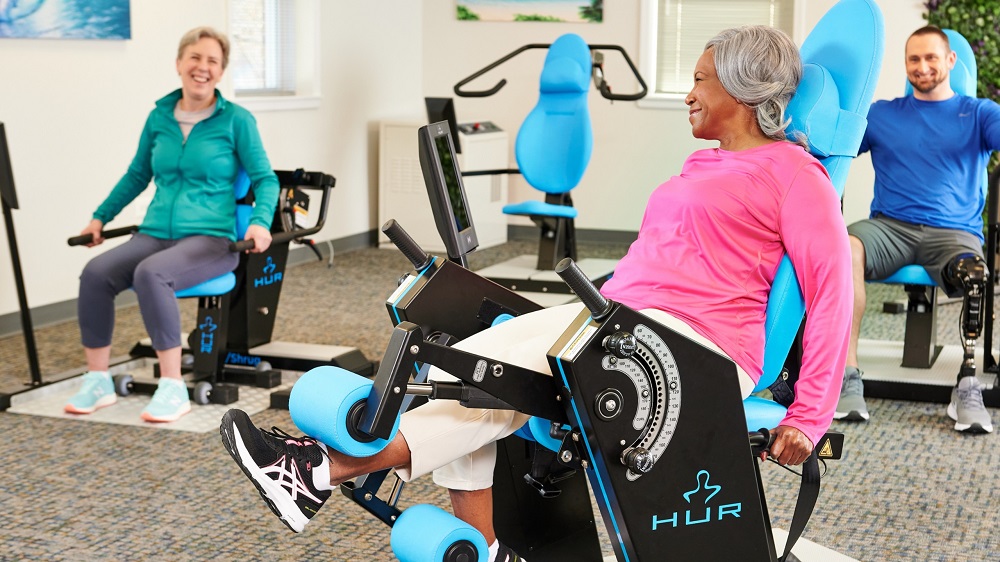Why HUR?
Innovative Technology
Solutions Designed For Enhanced Physical Performance
HUR strength training and wellness solutions are built to support active aging, sports performance, and inclusive wellness by encouraging independent training through simplified use, enhanced performance, and increased motivation, resulting in a more effective experience.
HUR
(HELSINKI UNIVERSITY RESEARCH)
Research is in our name
In 1989, a research project was conducted at the University of Technology in Helsinki that laid the foundation for the development of HUR (Helsinki University Research). Since then, ongoing collaborations with top universities, researchers, and specialists from all over the world have come together to create the number one partner for strength training solutions engineered for the active aging, senior living, and rehabilitation communities.
HUR is committed to ongoing collaboration with top researchers, practitioners, and engineers, because we believe scientific development is the catalyst for continuous innovation and the creation of safer, more effective exercise for people of all ages and abilities.
HUR is committed to ongoing collaboration with top researchers, practitioners, and engineers, because we believe scientific development is the catalyst for continuous innovation and the creation of safer, more effective exercise for people of all ages and abilities.
HUR Research Case Study Library
Balance & Fall Prevention
Cardiovascular
Cognition
Neurological
Orthopedic
Maintaining Strength is Key for Senior Citizens
It is a fact – scientific evidence concludes that physical activity offers one of the greatest opportunities to extend years of active and independent life, as well as reduce disability and improve the quality of life for older adults. There are four key categories of exercise:
According to the National Institute on Aging (NIA), participation in all four types is necessary for full health benefits.
The NIA states that strength-training and/or weight-lifting exercises should be performed two to three days per week with a rest day between sessions. Strength-training activities should include exercises for all major muscle groups – shoulders, arms, chest, abdomen, back, hips, and legs.
Strength Training with HUR exercise
equipment is ideal for:
Fall Prevention
For seniors, muscular strength is directly connected to functional ability and balance control, both of which help in the management of every day chores. Research indicates that the correct type of resistance, or muscular training, helps maintain functional ability. Strength and balance training are shown to help decrease the amount of falls and resulting injuries by 55%.
Cardiac
Rehabilitation
Prescribed and supervised resistance training is accepted as a component of rehabilitation programs for people with or without cardiac disease. Properly implemented and individually medically supervised supervised resistance training brings lower risks for the cardiac patient than aerobic endurance training.
Senior Training
HUR’s products and senior exercise solutions are backed by 30 years of scientific research in collaboration with leading universities and research centers in physiology and biomechanics. The unique natural transmission system combined with the air-resistance technology make HUR ideal for active aging, physical therapy and older adult exercise.
Lower Back Pain/
Discogenic Disorder
Low back pain can be caused by lumbar sprain, spinal stenosis, disc herniation, and degenerative spinal disorders.Strengthening of the abdominal and low back muscle core often helps relieve pain from degenerative disc disease.
Vitalogy
The official blog of HUR USA
How Can HUR Become a Partner in Your Success?
Contact HUR for a personalized wellness strategy consultation at (847) 729-2636.

































